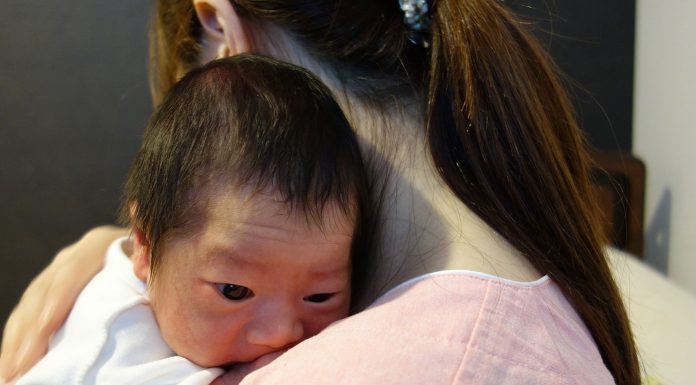School nurses are a critical frontline resource for primary and integrated care for young people.
To have skilled health professionals on site where children and young people can opportunistically – or through necessity – access treatment, advice, care, and support is a valuable resource not to be squandered. The opportunity for timely advice, guidance, and early response for young people is unlimited. The mental and sexual health needs of young people are especially important. School nurses have a vital role in supporting the health of today’s youth, with secondary schools now having rolls of up to several thousand young people.
Youth health specialist Simon Denny’s research team surveyed 8500 secondary school students in 2012 and then surveyed the 125 secondary schools they attended to see what levels of school health services were provided. The team found better student health outcomes, including fewer pregnancies and better mental health, when higher level school health services (largely delivered by registered nurses) were available.
Despite school nurses being an obvious youth health resource, it seems that the
New Zealand health sector is yet to take the role seriously across all schools in all regions. Currently, there is no formal requirement to have a registered nurse in all schools or colleges. In 2009, following a period of raised awareness of the school nurse role, the Ministry of Health started funding school nursing services in lower socioeconomic communities, starting with decile 1–2 secondary schools and then rolling it out to include all decile 3 secondary schools. These school nurses are linked to a professional leadership structure and are more likely to be appropriately remunerated.
Many school nurses are, however, funded through Ministry of Education (Vote Education) funding delivered via the school’s annual operational grant. So in effect, these nurses are employed directly by the school as school ‘support workers’ with a pay scale and conditions commensurate with support worker status.
For the majority of Vote Education nurses, their salary is not at a registered nurse level. Neither do these registered nurses (RNs) have access to nurse leaders or to anyone who supports their professional development. Nor is there someone to ensure appropriately qualified RN applicants are employed under appropriate RN employment conditions.
School nurses are often abysmally paid and they go unpaid in school holidays. Despite holding an equivalent qualification to most of the school teachers they work alongside, the nurses are treated entirely differently. A teacher working in a hospital would not expect to receive a teacher aide pay rate, so it is interesting that the education system considers it is acceptable to pay some RNs in schools a support worker’s pay.
Nurses in schools funded through Vote Education mostly do their professional development in their own time and self-fund this activity. Because they are disconnected from professional leadership structures there are many anomalies. In some instances, the school ‘nurse’ is a first aider with no formal qualifications.
Over the years, nursing has made various attempts to put this issue on the policy table but has been spectacularly unsuccessful in garnering any sustained attention to the problem. The consequences of this failure are multiple but they are of most importance to the young people whose health may be jeopardised.
If the school nursing workforce is not always appropriately deployed, then the service they deliver may, as a result, be less cohesive and less effective. This means that a valuable and vital potential source of important primary health care is wasted. There is no evidence that young people in higher decile schools have less need for health care and no rationale for neglecting the school nursing service as a national strategy for delivering preventative health care at a critical point in life.
If school pupils are exposed to an under-resourced and undervalued school nursing workforce, this may reduce their likelihood of selecting nursing as a career. As other school staff see that school nursing is just a support worker position, they are unlikely to recommend nursing to appropriate students as a career opportunity. Given the predicted nursing shortage beginning to bite in 2017, this is problematic.
The school nursing service is unlikely to be sustained on this basis. While at present a large number of dedicated and largely mature woman continue to serve school populations, regardless of such unfair conditions, this will not last. It is highly unlikely that new graduates will seek out such anomalous employment.
Finally, and perhaps most importantly, the current drive in health service delivery is towards integration and seamlessness of services.
Where school nurses continue to work in isolation from the health sector, they are not only professionally isolated but opportunities for an integrated primary healthcare service are lost. District health boards need to address their population health objective and ensure that school nurses are deployed as a key component of the regions’ primary health care service as a matter of course. Young people deserve no less.
References
Denny S, Robinson E, Lawler C, Bagshaw S et al (2012). Association between availability and quality of health services in schools and reproductive health outcomes among students: a multilevel observational study. American Journal of Public Health 102 e14-e29.
Denny S, Grant S, Galbreath R, Clark T et al (2014). Health Services in New Zealand Secondary Schools and the Associated Health Outcomes for Students. Auckland, New Zealand University of Auckland.





















